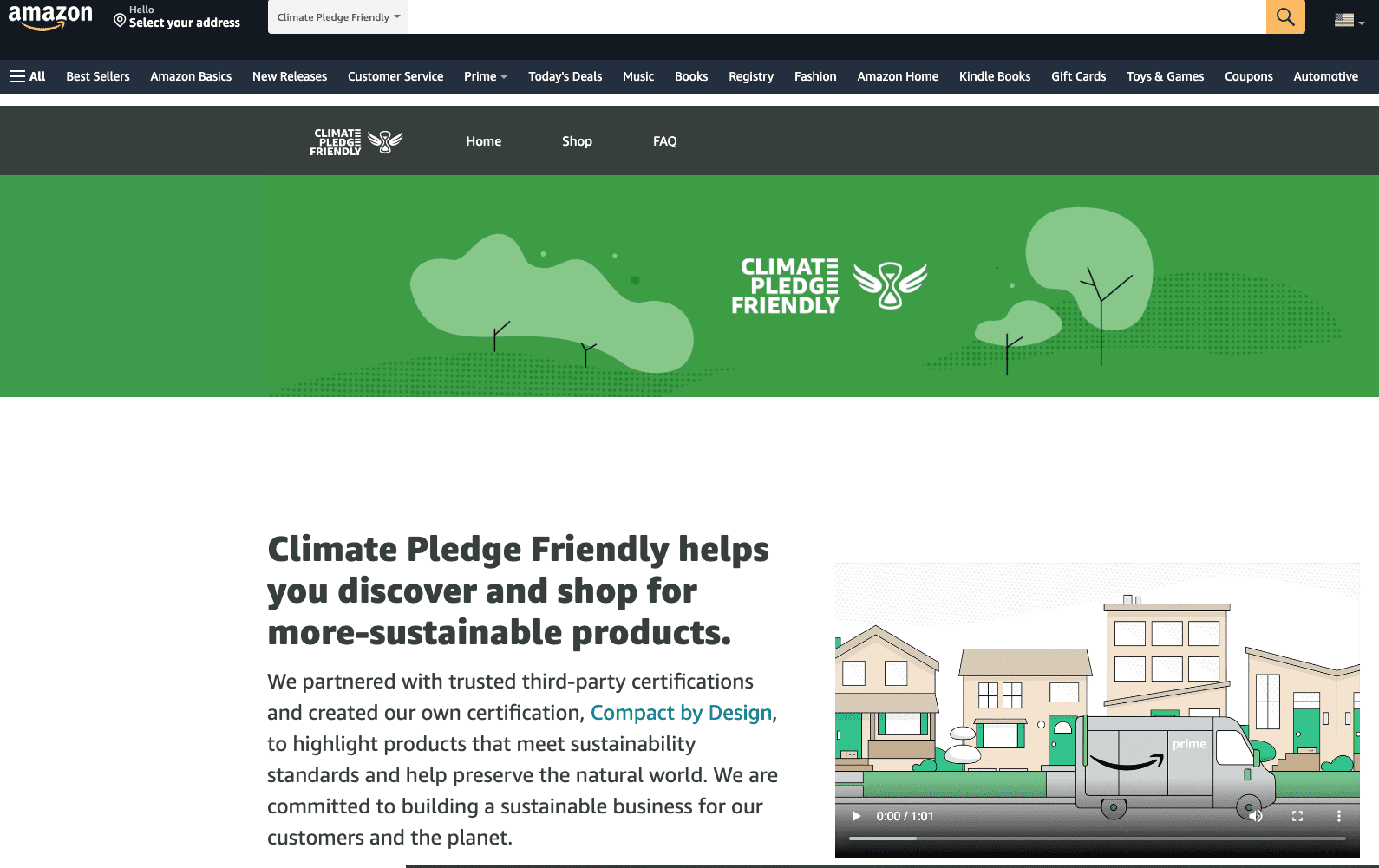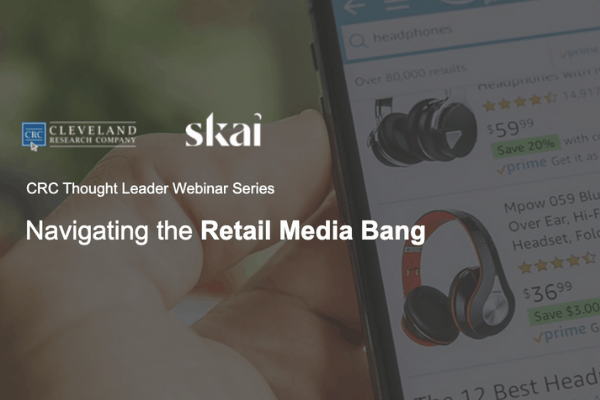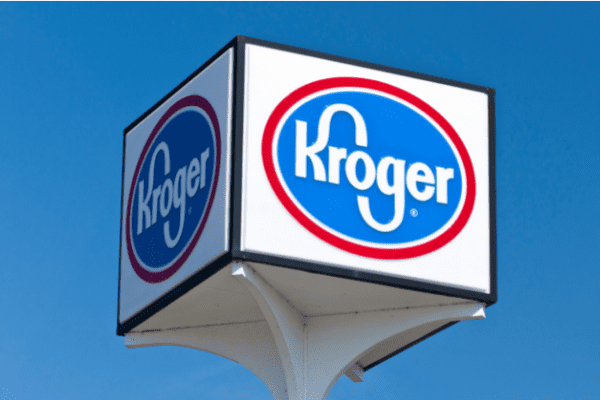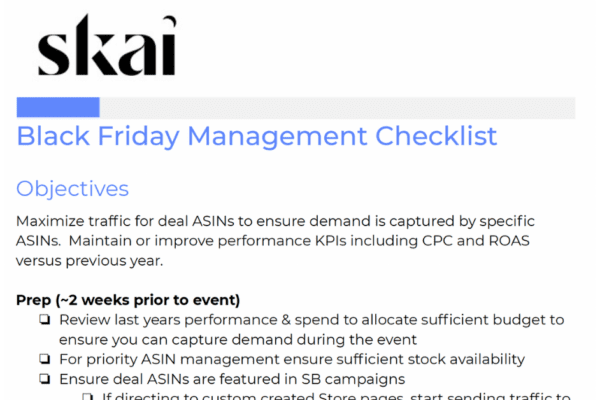Note: This is the second article in a series authored by two of Skai’s founders, Alon Sheafer and Nir Cohen. Read the first post: Sustainability is Good Business: An Earth Day 2022 Message from Skai’s Founders.

By Alon Sheafer and Nir Cohen

In our previous post on sustainability, we described the corporate social responsibility (CSR) arms that organizations have developed to enforce sustainability. Our core message is that CSR and sound business practices are not mutually exclusive—that when done the right way, corporate social responsibility and profitability can absolutely be achieved simultaneously.
This hasn’t always been an intuitive assumption in the past. In fact, the opposite is generally assumed—that being a responsible company and driving revenue are at odds with each other.
That’s why, today, we wanted to share a recent market analysis to show evidence that doing the right thing can be profitable for a business. In short, we used Skai’s massive advertising performance dataset to determine how sustainable products perform for advertisers versus non-sustainable ones.
Market Analysis: Sustainable Products vs. Non-Sustainable
Skai clients manage over $8 billion in annualized advertising spending through our platform across paid search, social advertising, retail media, and app marketing campaigns. These investments span myriad industry verticals and global regions, and our brand and agency clients are some of the largest advertisers in the world.
Needless to say, our clients’ aggregate campaign performance data provides a unique lens that we have used for over a decade to publish highly accurate insights, advertising trends, benchmarks, and reports—for example, our Quarterly Trends Reports (QTRs).
Analysis Question
Do sustainable products perform better than non-sustainable ones?
We chose Amazon’s Climate Pledge Friendly badge as the signal of sustainability. Whether this badge truly stands for sustainable products is a topic for another post!
Methodology
Across all Skai clients running retail media advertising, we selected three popular categories from the consumer packaged goods vertical. Then, we created two groups, Climate Pledge Friendly, CPF products, and Non-CPF products.
Finally, we compared the Q1 20200 advertising performance KPIs of these two groups to see what we could find out about the advertising performance of sustainable and non-sustainable products.
Metrics Used
- Share of CPF. The percentage of CPF products advertised vs. total advertised products
- Share of CPF ad spend. The percentage of CPF ad spend from the total products ad spend.
- Share of CPF revenue. The percentage of CPF product ad revenue to total product ad revenue.
- Return on investment. The ratio between revenue and spend.
Results: sustainable products perform better
Sustainable products are a significant segment. Climate Pledge Friendly products account for 5%-15% of products and are growing as Amazon continues to invest in its Climate Pledge Initiatives.
Sustainable products perform better than non-sustainable ones. In all three product categories, CPF products either had significantly better ROI (up to 50%), or their share of the spending or revenue was up to double compared to the share in the number of marketed products.
Conclusion: Sustainability is a business need that can’t and shouldn’t be ignored
Our primary thesis is that corporate social responsibility (CSR) and profitable business practices do not have to be opposing forces within a company. When done right, businesses can have a strong, positive impact on their communities while the goals of stakeholders—and shareholders—are met.
While this initial evidence is promising, it was done in an uncontrolled data environment with many live market variables. Nevertheless, we feel strongly that these numbers reflect the truth of the matter.
We would like to investigate this area further with clients in a more designed and controlled experiment. If you are interested in participating in further research, please contact our content marketing lead, Josh Dreller, josh.dreller@skai.io. He will be happy to forward your information to us.
During the last few months, we have seen how the economic climate has changed, from growth and expansion to a new focus on efficiency and profitability. When the market is so dynamic, changes often mean opportunities, and we see these possibilities in the market.
The demand for sustainable products is yet unfulfilled. There is still plenty of market share available for companies to get involved, be profitable, and further beneficial corporate social responsibility initiatives.







